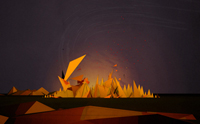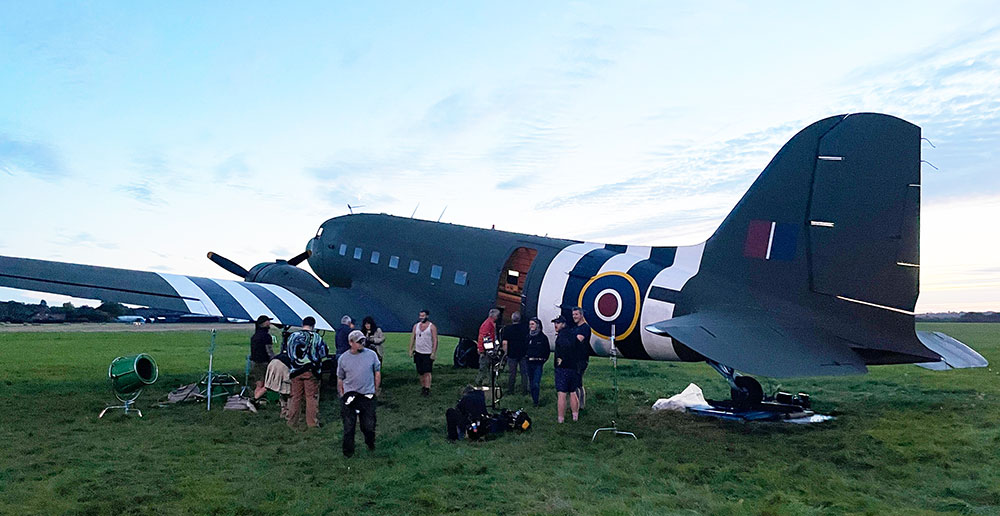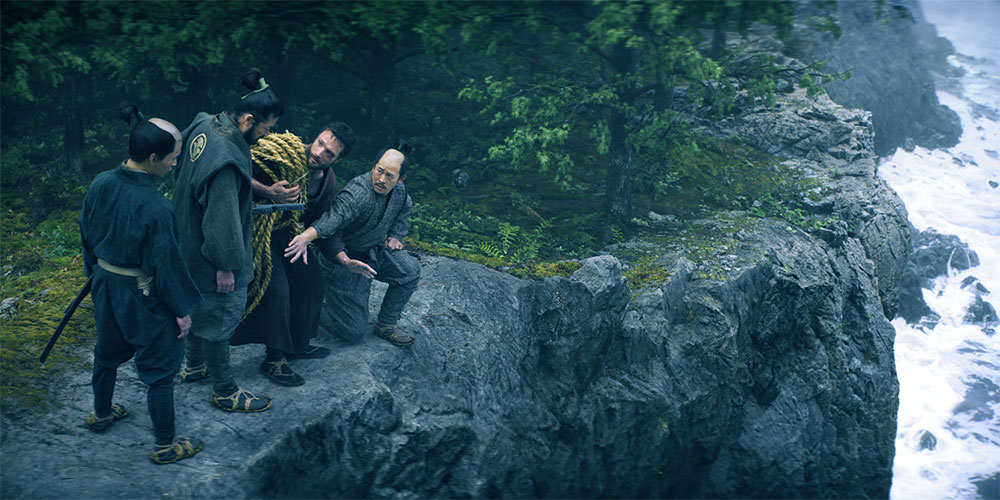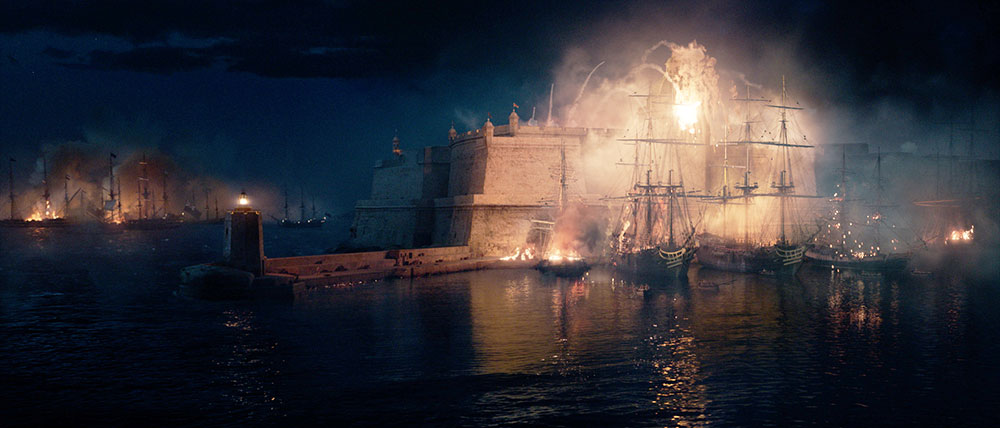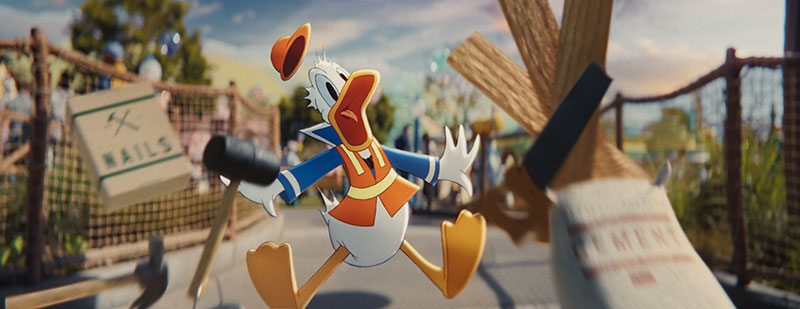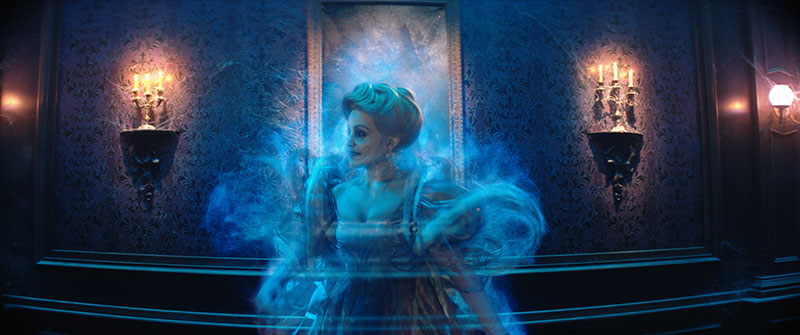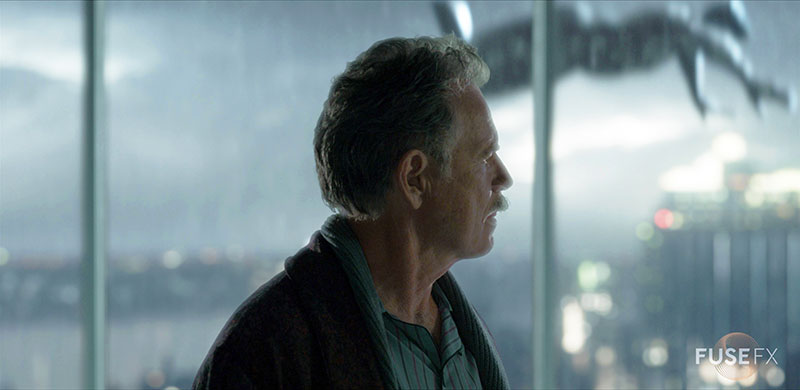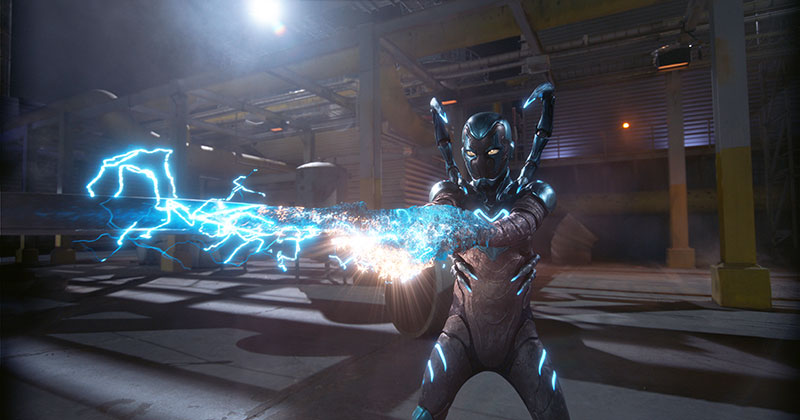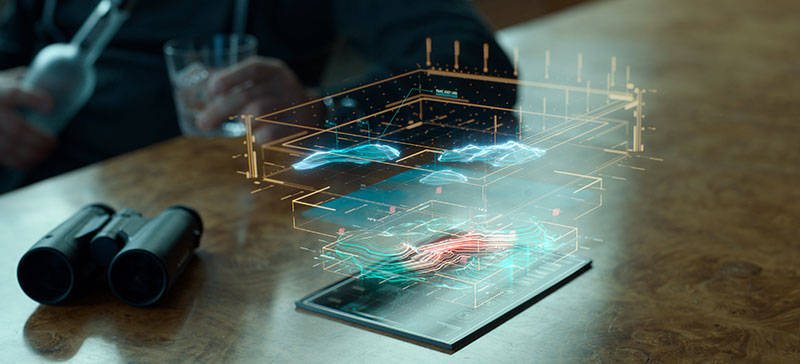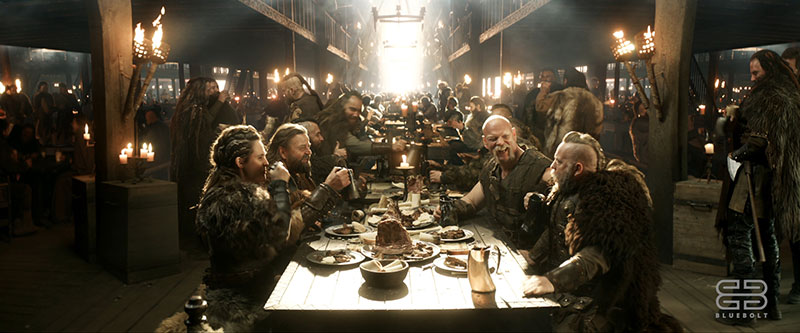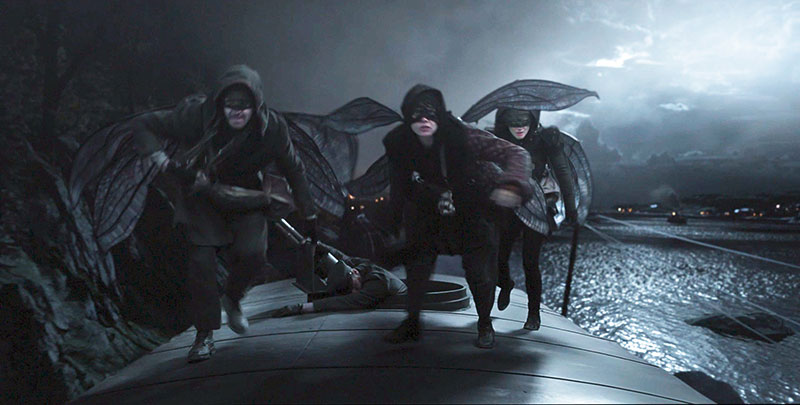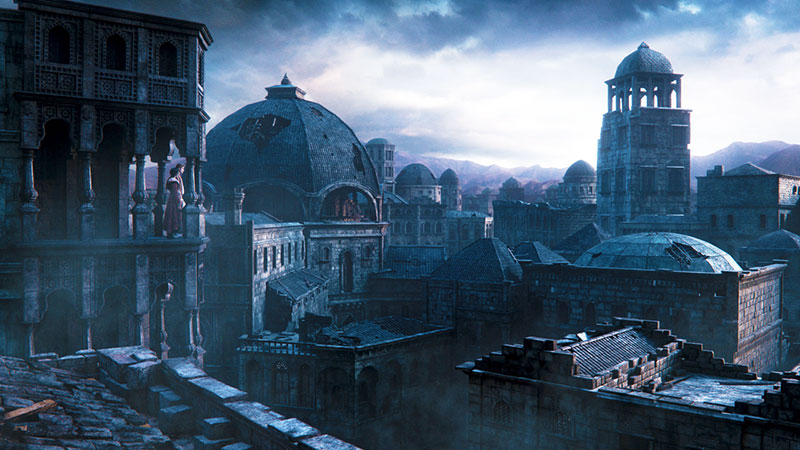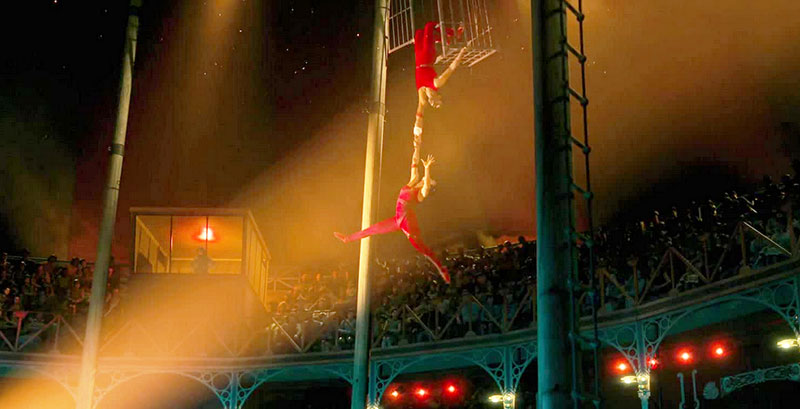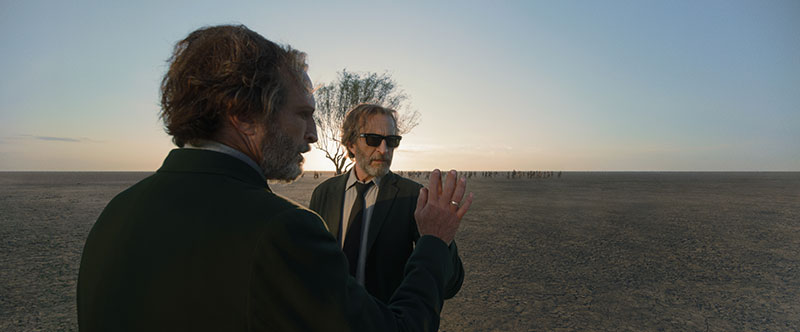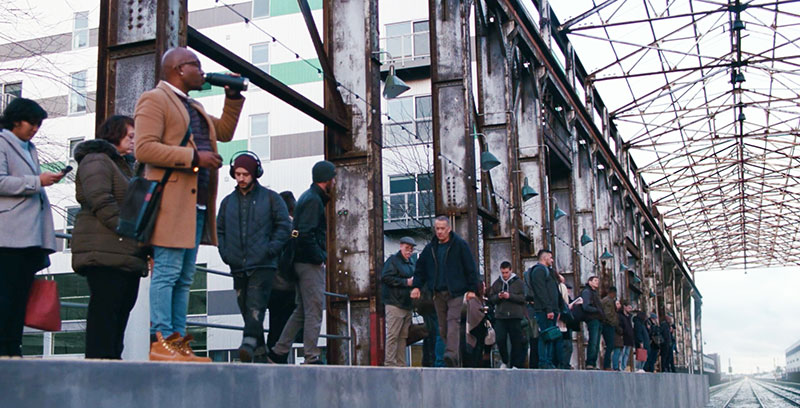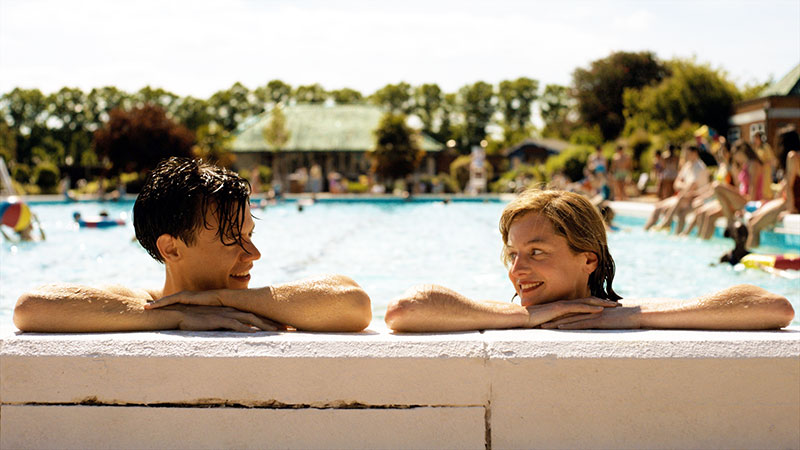AEON – A Life in a Day
|
| Design and director collective, The DMC Initiative was chosen to participate at the annual ideas festivalTEDxSydney, held at Sydney Opera House on 4 May 2013. This year, the festival organisers enlisted creative agencies and some student bodies to create very short video projects to provide the attendees with refreshers in between talks and get people thinking. |
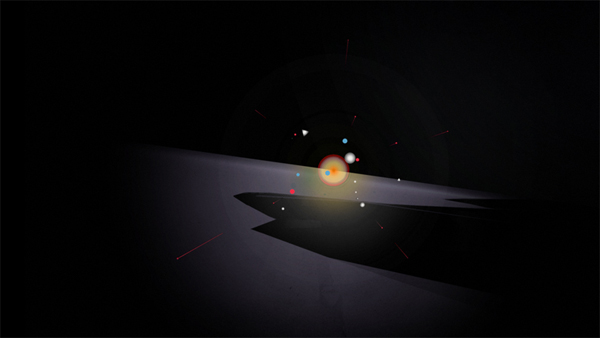 |
|
About two dozen teams submitted concepts to TEDxSydney. Curators narrowed the selection down to 14 entries that then became part of the 2013 program. DMCI’s animation, AEON, explores the concepts of growth, expressed as a cyclical journey through natural seasons over the course of many years. Parallels are drawn between the natural seasons and the seasons within an individual’s life.
Abstracting Nature
The subjects for AEAON are drawn from nature, especially the Australian landscape. They wanted the piece to be emotive and textured, opting for a stylised, low poly treatment that was complex in execution but simple and direct in the feeling it evokes.
|
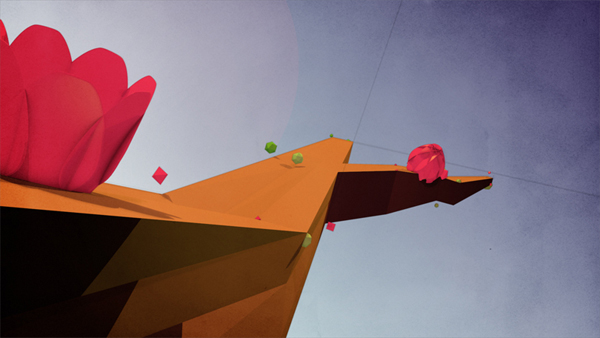 |
|
Because their story and written script focused on these organic concepts, their treatment needed to be organic as well, but at the same time they were interested in abstraction. Nathan Drabsch, Creative Director at DMCI, said, “We envisaged it all coming together as a combination of circles, squares and triangles, so as we developed a look we considered early 20th Century artists such as Miro and Kandinsky, and went further back to classic Japanese woodblock print artists. We also liked the works of Brett Whiteley, Fred Williams and Sidney Nolan. Texture and shape were important from the outset.”
They set out to build everything in an abstract way, stripping the subject matter down to its bare bones and then defining the form in an abstract style. The artists referenced a low poly treatment, but approached creating it specifically in the modelling and scene set-ups, crafting elements instead of relying on a generic 3D approach. As a result the fish, flowers, petals, water and fire elements have a jewel-like quality but keep some of the softness of the natural world.
|
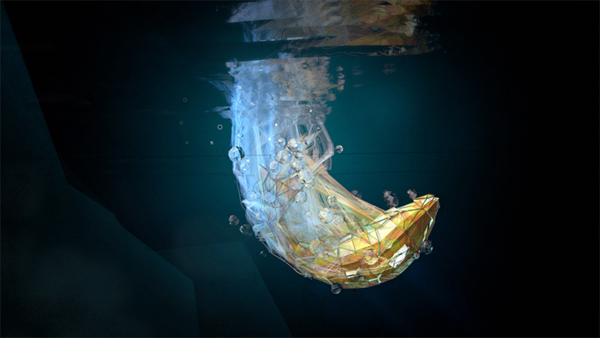 |
|
“We deliberately chose a painterly final treatment rather than a straight edged, harsh 3D style, wanting the piece to be almost dreamlike and timeless,” Nathan said. “It needed to ebb and flow, be quiet and then have punctuated moments of action. It was set up to reflect how life evolves and change occurs over time.”
Edges, Angles and Rigs
The water’s surface and motion is often interesting to watch. Some colourful beach balls bob around on the water in a very natural, recognisable way but the angular surfaces, like the water itself, fit into the geometric, low poly look. The animation on these, like many other elements and scenes, is keyframed in 3D rather than simulated.
|
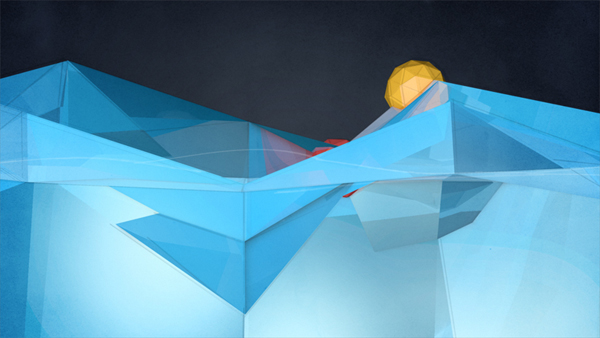 |
|
Nathan described production. “The 3D work was all done in Cinema4D with the compositing and some animation done in After Effects. Most of our scenes are deliberately refined in their lighting, use of shaders and the rigging of the models. But some scenes were more complex and used a specific technique. The opening scene, for example, does utilise 3D dynamics using attractors. Our textured, ‘watercolour’ or painted effect was achieved by combining a variety of 3D passes in post in After Effects.
“The fish scenes are the most complex. The fish was rigged and skinned. We actually wanted to build the rig in a way that revealed the rig itself, but in stylised way. These scenes also had some refraction passes to help the underwater vibe. Overall, the project is fairly straightforward in its construction but considered in execution and how we approached the aesthetic delivery.”
|
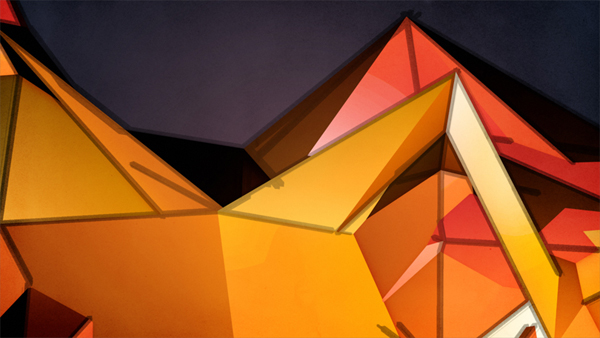 |
Sound and Vision
The camera is also in constant motion and takes unusual angles and distances. Nathan explained that DMCI always creates their scenes with cinematic sensibility. He said. “Our camera setups and movements are considered from the early stages, at idea development. Sure, things evolve, but we are particular with our vision. From the script we sketched out our ideas and vision for the scenes including the camera angles and interesting perspectives that we wanted to explore.”
They also collated photos to serve as loose subject matter reference. From there, an animatic helped plan the timing and act as a base for music development. “What we found out early was our scenes all needed to be longer to maintain this lovely, slow pacing throughout. We worked alongside ism studios on the music and audio development and meanwhile, our animatics developed and scenes took shape, even as rough 3D blocking.”
|
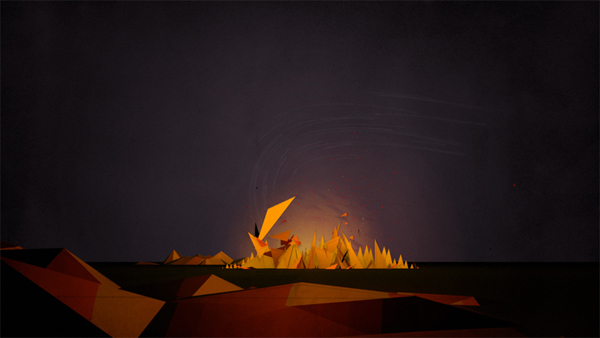 |
|
The framing and angles of the shots also helped make some scenes more or less intimate. At times, the shots zoom right in on the subject matter, for example, or in contrast they keep detached from the subject in fairly wide scene views. “Again, we wanted to strip scenes back to the core elements that would tell the story. We played a fair bit with negative space and that always helps provide focus on single subjects. Once viewers focus on something, they imbue character into it. In many ways this is how animation works and becomes more than images moving. Something does not have to be real to have character,” Nathan reflected.
Transforming Transitions
Since the intention was to take people on a journey through seasons, life and so on in a relatively short time, the series of transitions - morning to night and spring to winter, water into fire and flower petal into a fish - were considered early on. Nevertheless, they found that most of it worked as straight cuts. Nathan said, “The flow of layout and colours helps things feel like the scenes transition more than they probably do. When we begin exploring our camera moves and layouts, we often find transitions that work well and then influence the scenes that follow. So, our animations always evolve and so do the transitions alongside them.”
|
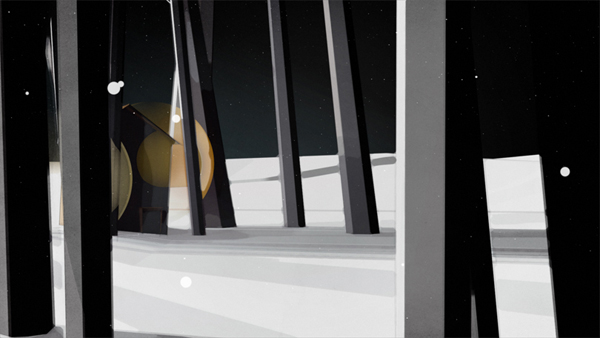 |
Similar to the camera the angle, intensity and sources of light change continuously, which in turn helps to pace the story. It contributes to the transitions and adds to the stylised ambience. “All of our 3D and geometry had specific lighting. Something specific to this project is that all our shadows are ray-traced instead of being soft area shadows. This was a deliberate stylistic choice as it achieved a very graphic look rather than being photoreal or even semi real.” www.thedmci.com.au |
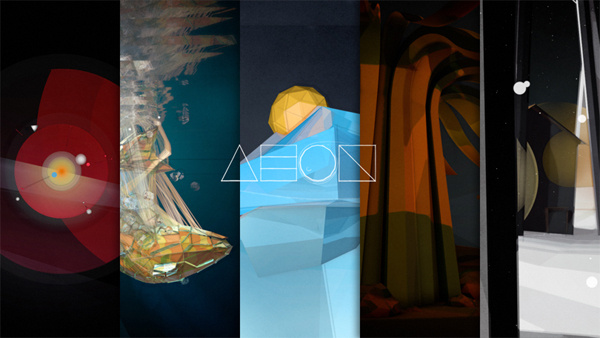 |
| |
| |
| |
